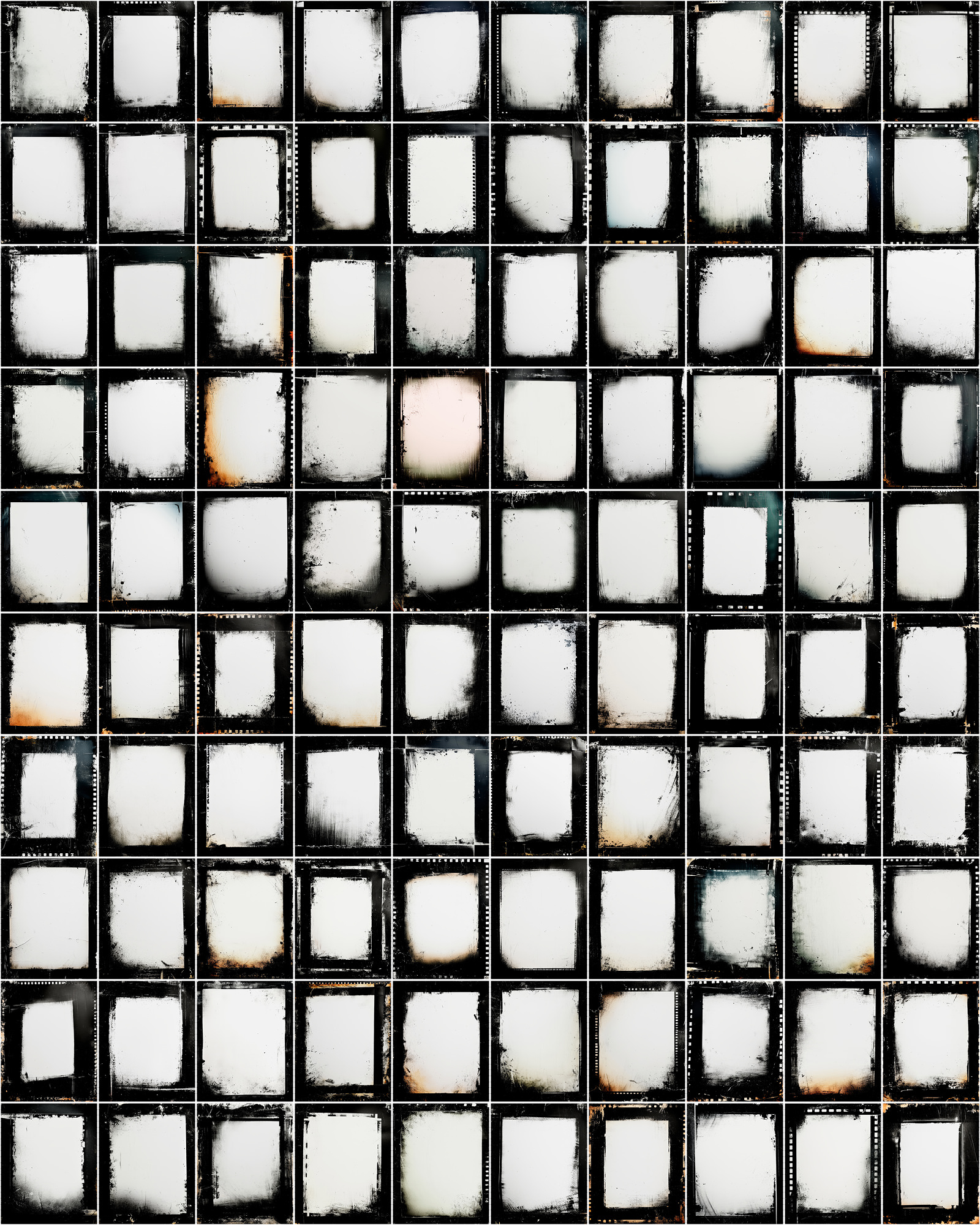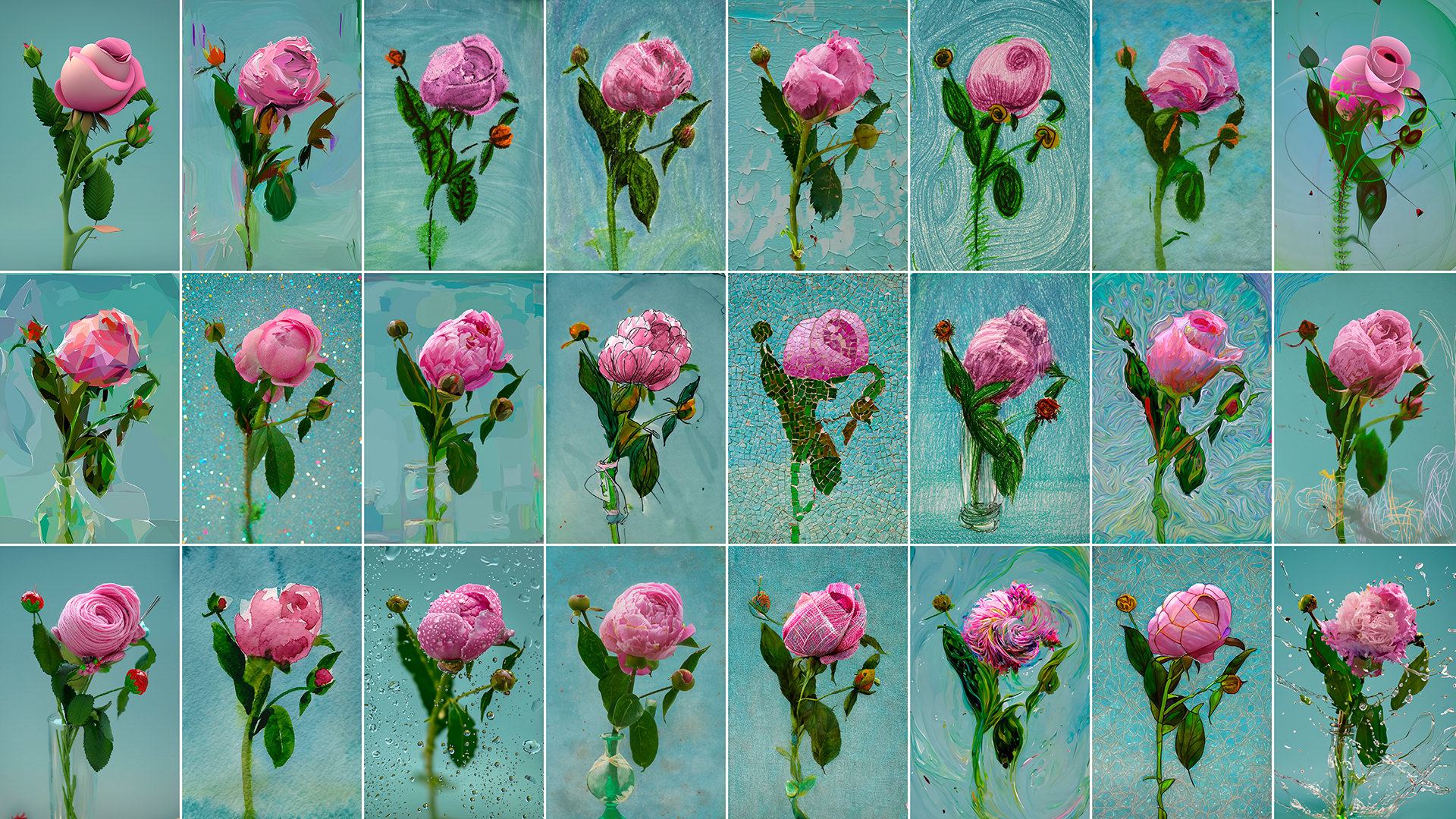When you are photographing food you need to make the image look so good you want to eat it. Having a plate of food in front of you is different … it can look sloppy and have no color, but our other senses kick in, such as smell and taste, so it looks appetizing at the time. However, with photography we lose most of those senses and can only rely on our sense of sight, so what the food looks like is extremely important.
This is where styling your food comes into play. The first photo only has pasta in the dish … well, that’s all you see, right? What you don’t see is that hidden below all those carefully placed mounds of linguine is a half-dome of styrofoam. The bulk of the styrofoam gives height to a bowl of pasta that would normally be flattened and caving in. After placing the styrofoam I took five strands of linguine and wrapped them around my fingers, then placed them down carefully so that none of the ends of the pasta strands were showing. I continued until the pasta was covering the styrofoam and looked balanced.
Next I took a pan of pearl onions and tomatoes that had been lightly sauteed and added each element to the dish separately. I used the live-view feature on my camera to help see the bowl of food as it will look when I take the photo – I found this feature to be very useful, btw. The last element I placed was the basil, and I tried to find the best looking leaves in the bunch.
I also added a few items that would typically be in a dining scene – the water glass and fork. The ice in the glass is actually fake – I got the ones in this scene from eBay, but you can find them all over the place (here’s a link to some simple acrylic ice cubes I found on Amazon.com). The ice and splashes you see on high-end commercial photographs are most likely custom-made acrylic – they are quite pricey but worth if if you have the budget. When you are adding these additional elements you want to remember to keep it simple and relevant to the scene, and if you want to add color then remember to either repeat your colors or keep them complementary to your food dish.
When you are photographing food you need to make the image look so good you want to eat it. Having a plate of food in front of you is different … it can look sloppy and have no color, but our other senses kick in, such as smell and taste, so it looks appetizing at the time. However, with photography we lose most of those senses and can only rely on our sense of sight, so what the food looks like is extremely important.
This is where styling your food comes into play. The first photo only has pasta in the dish … well, that’s all you see, right? What you don’t see is that hidden below all those carefully placed mounds of linguine is a half-dome of styrofoam. The bulk of the styrofoam gives height to a bowl of pasta that would normally be flattened and caving in. After placing the styrofoam I took five strands of linguine and wrapped them around my fingers, then placed them down carefully so that none of the ends of the pasta strands were showing. I continued until the pasta was covering the styrofoam and looked balanced.
Next I took a pan of pearl onions and tomatoes that had been lightly sauteed and added each element to the dish separately. I used the live-view feature on my camera to help see the bowl of food as it will look when I take the photo – I found this feature to be very useful, btw. The last element I placed was the basil, and I tried to find the best looking leaves in the bunch.
I also added a few items that would typically be in a dining scene – the water glass and fork. The ice in the glass is actually fake – I got the ones in this scene from eBay, but you can find them all over the place (here’s a link to some simple acrylic ice cubes I found on Amazon.com). The ice and splashes you see on high-end commercial photographs are most likely custom-made acrylic – they are quite pricey but worth if if you have the budget. When you are adding these additional elements you want to remember to keep it simple and relevant to the scene, and if you want to add color then remember to either repeat your colors or keep them complementary to your food dish.

Nicole is a photographer, published author, and educator specializing in Lightroom, Photoshop, and photography. She is best known for her books on food photography but is widely versed in various photographic genres, including landscape, nature, stock, travel, and experimental imagery.













I don’t know why but I find this kind of stuff fascinating. I was watching the Food Network once when they did a piece on food styling and it amazed me at what they did to make the dishes look appetizing (for print work). Thanks for posting this!
Thanks for posting this. I love seeing the behind the scenes!
Keep it coming! All good information–though I still have an old school love of eating my plates-full after shooting them (don’t think I could digest the styrofoam…
This was good information. I thought it looked good enough to give the styrofoam a shot.
Step by step pictures were an awesome way to exemplify what you’re saying.
Excellent!
:)
ButterYum
This is such a great post. I always find photographing pasta very tough . I cook them so often and it never looks nice. This post helped me a lot :)
I will use this precious tips for my foodstyling class next week!tq<3
Thanks for posting this. I love seeing the behind the scenes!